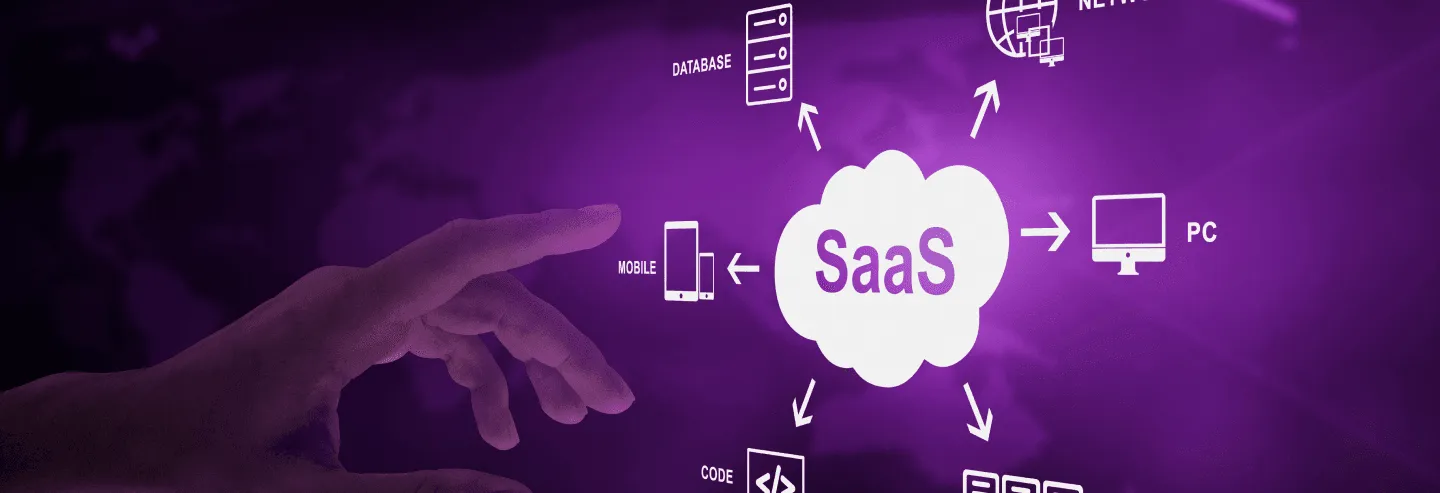What is serverless technology?
Serverless technology, also known as serverless computing, is a cloud application development and execution model where developers can create and deploy applications without the need to worry about the underlying infrastructure. In the serverless model, cloud service providers, such as Amazon Web Services (AWS), Microsoft Azure or Google Cloud Platform, are responsible for managing the infrastructure needed to run the applications. Developers only focus on writing the application code and defining the events that should trigger its execution.
Instead of having to provision and manage physical or virtual servers, in the serverless approach, applications run in response to specific events, such as HTTP requests, database changes or queued messages. When an event occurs, the cloud service provider automatically allocates the necessary resources to execute the corresponding function or code. Once execution is complete, the resources are released, enabling efficient resource utilization and more accurate pay-per-use.
This technology is based on the principle of microservices, where applications are divided into smaller, autonomous functions or services, which run independently and communicate with each other through APIs (application programming interfaces). Each function or service has a specific responsibility and can be written in the developer's preferred programming language.
Main features of the serverless technology
Automatic scalability: Allows automatic and dynamic scalability. Computing resources are automatically allocated and reallocated according to demand. This ensures that applications can handle peak loads smoothly and without manual intervention.
No infrastructure worries: By using this technology, developers can focus solely on developing the business logic of their applications. They do not have to worry about server management, load balancing or infrastructure configuration. Pay-as-you-go: It follows a "pay-as-you-go" pricing model. They only pay for the actual execution time of the functions, which means that there are no fixed costs for downtime or unused capacity. This allows for efficient use of resources and precise cost control.
Wide variety of use cases: It is suitable for a wide range of use cases. It can be used to develop web applications, implement backend functions, process real-time events, integrate services and more. Its flexibility and scalability make it an attractive option for different types of applications.

Web application development in serverless technology
The development of web applications in serverless technology offers many advantages, such as greater agility, automatic scalability, and reduced cost. The following is a guide to developing web applications using this technology:
Application architecture:
- Divide your application logic into smaller, specialized functions. Each function can handle a specific task, such as
handling HTTP requests, processing data, or interacting with databases. - Use serverless storage and database services to persist data, such as Amazon S3, Azure Storage, or Google Cloud Storage. These services scale automatically on demand and do not require server management.
- Divide your application logic into smaller, specialized functions. Each function can handle a specific task, such as
Cloud service provider selection:
- Evaluate serverless services offered by major cloud providers, such as AWS Lambda, Azure Functions, or Google Cloud
Functions. Consider aspects such as compatibility with the programming languages you use, integration with other cloud services, and pricing.
- Evaluate serverless services offered by major cloud providers, such as AWS Lambda, Azure Functions, or Google Cloud
Function development:
- Use the programming language of your choice supported by the cloud service provider. Each provider has support for various languages, such as Node.js, Python, Java, or C#.
- Take advantage of the libraries and SDKs provided by the cloud service provider to facilitate integration with other
services and simplify common tasks, such as handling HTTP requests or interacting with databases.
Deployment and configuration:
- Use command-line tools or graphical interfaces provided by the cloud service provider to deploy your serverless functions.
- Configure the events that trigger the execution of your functions. These can be HTTP requests, database changes, scheduled events, or events from other cloud services.
Monitoring and scalability:
- Implement a monitoring system for your serverless functions. Use tools provided by the cloud service provider or third-party services to gain visibility into performance, response times, and errors.
- Take advantage of the automatic scalability provided by serverless services. Features automatically scale based on demand, ensuring optimal performance even during times of high load.
Testing and debugging:
- Perform unit and integration testing for your serverless functions. Use appropriate testing tools and frameworks to ensure code quality.
- Enable event and error logging for your functions to facilitate debugging and identification of potential problems.
Security:
- Implement adequate security measures to protect your serverless functions. Apply appropriate access control, secure communication with external services, and consider best security practices, such as code injection protection or proper management of secrets.
When developing web applications in serverless technology, make sure you understand the limits and capabilities of the serverless services used. Use the tools and resources provided by the cloud service provider to take full advantage of this serverless architecture.

Cloud provider services for serverless
- AWS Lambda:
- Features: AWS Lambda is Amazon Web Services serverless service. It allows serverless code to be executed in
response to events, such as HTTP requests, database changes, or queued messages. It supports a wide variety of programming languages and provides integration with other AWS services. - Pricing: Charged by function execution time and by the number of requests made. AWS Lambda offers a "pay-as- you-go" pricing model.
- Recommended Use Cases: AWS Lambda is used to develop web applications, process real-time events, run scheduled tasks, process images, integrate services, and more.
- Features: AWS Lambda is Amazon Web Services serverless service. It allows serverless code to be executed in
- Azure Functions:
- Features: Azure Functions is Microsoft Azure's serverless service. It enables serverless code execution in response to events, with support for multiple programming languages and tight integration with other Azure services, such as Azure Storage and Azure Event Grid.
- Pricing: Offers a consumption-based pricing model, where you only pay for runtime and resources used during the
execution of functions. - Recommended Use Cases: Used for web application development, event processing, service integration, scheduled tasks, and more.
- Google Cloud Functions:
- Features: Google Cloud Functions is the serverless service of Google Cloud Platform. It allows serverless code to be executed in response to events, such as database changes, Cloud Pub/Sub events, or HTTP requests. It supports multiple programming languages and integrates with other Google Cloud Platform services.
- Pricing: It offers a consumption-based pricing model, where you pay per execution and the resources used during the execution of the functions.
- Recommended use cases: Used for web application development, event processing, service integration, and scheduled tasks.
Popular use cases for serverless technology
Serverless technology has proven to be very versatile and has been used in a variety of use cases in different industry sectors. Below are some examples of popular use cases for this technology:
- Real-time event processing: It is ideal for real-time event processing, such as processing data transmissions, log
processing, and responding to system events. Cloud service providers offer services such as Amazon Kinesis, Azure Event Hubs and Google Cloud Pub/Sub, which enable large volumes of events to be processed quickly and scalably. - Scheduled tasks and batch processing: It is suitable for running scheduled tasks and batch processing. It can be used to perform tasks such as report generation, file processing, data extraction, or batch data transformations. Services such as AWS Lambda, Azure Functions, and Google Cloud Functions can be configured to run these tasks at specific times or in response to scheduled events.
- Service integration and microservices: It is widely used to integrate services and microservices into an application
architecture. Developers can create serverless functions that act as connectors or intermediaries to integrate different services and systems. This enables efficient and flexible communication between the components of an application, without having to worry about server management and scalability. - Chatbots and virtual assistants: Chatbots and virtual assistants are becoming increasingly common in applications and websites. Serverless technology is used to implement the message and response processing logic of these chatbots. By leveraging services such as AWS Lambda or Azure Functions, developers can create scalable and cost-effective chatbots that integrate with popular messaging platforms.
- Image processing and data analytics: It is used to process images and perform data analysis. It can be applied to use cases such as image recognition, medical image processing, video analysis, and real-time data processing. Cloud provider services offer specialized functions and libraries to facilitate these tasks.
Serverless technology has revolutionized the way applications are developed and run in the cloud. By freeing developers from infrastructure management, this approach enables more agile development, automatic scalability, and precise cost control. With its distinctive features and wide range of use cases, it continues to gain popularity in the development community and is shaping up to be a major technology trend in the future.









